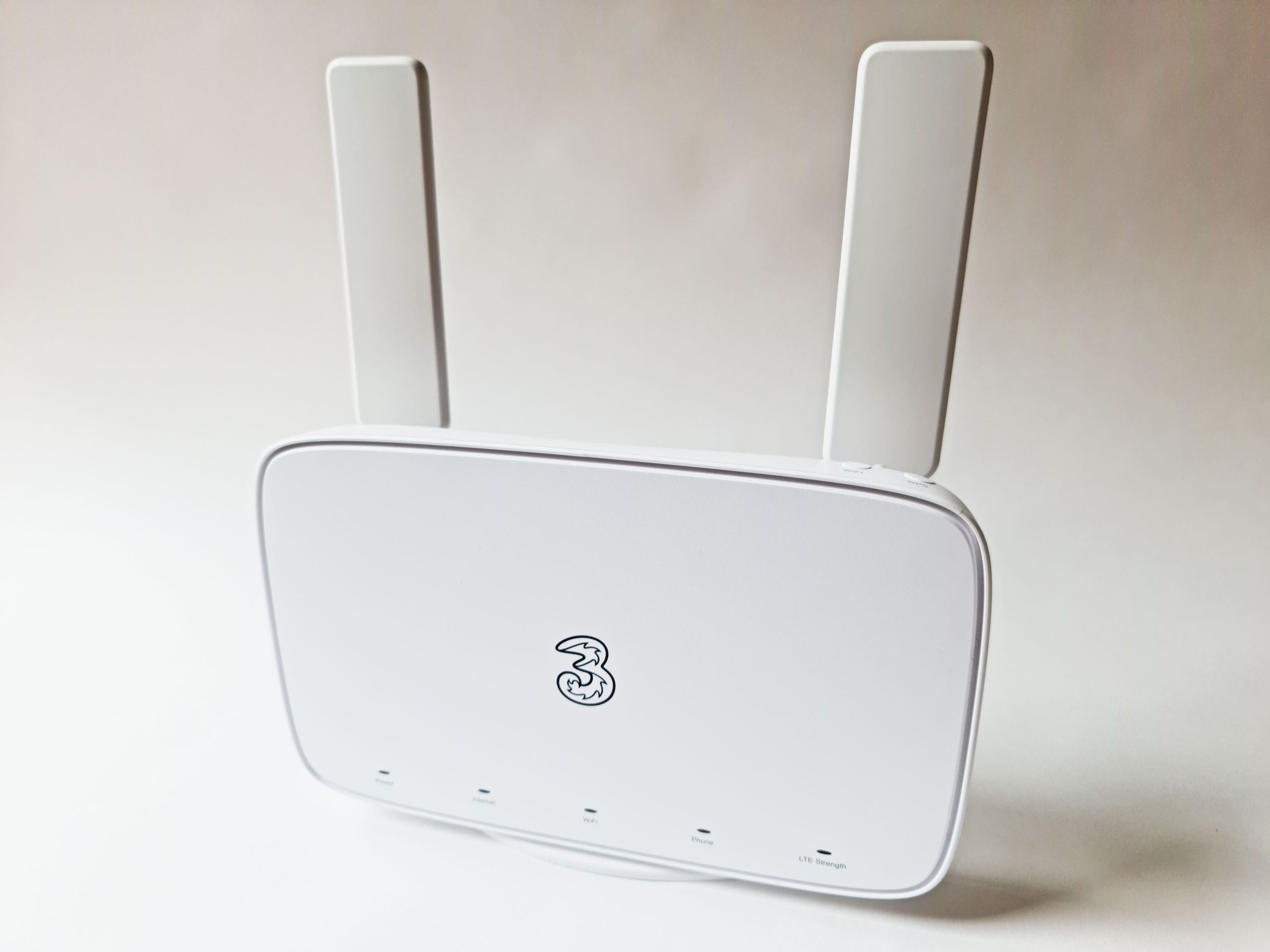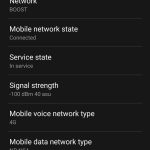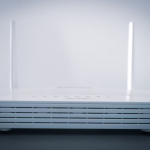If you’re using 4G or 5G mobile broadband at the moment, and your speeds are slower than you’re expecting, you might be wondering what you can do to fix this issue.
In this article, we’ve explained seven common reasons for poor mobile broadband speeds, and what you can do to fix each problem.
1. Your router is in the wrong place
When using mobile broadband to get online, the position of your Wi-Fi router is very important.
Since you’re connecting to the internet wirelessly, your router needs to be in the best possible position to pick up a good signal. And it ideally needs to have a line of sight to the sky, to avoid its signal being interfered with by walls and other buildings.
Some broadband providers will tell you which direction to point your router to get the best signal, but most of the time it’s a process of guesswork.
To start with, put your router on an upstairs windowsill. If your speeds aren’t as high as you’re expecting, try another windowsill on the other side of your house. Also, try rotating the router in different directions, to reposition its internal antennas, if you’re still struggling to get good signal.
2. Your router needs help to get better signal
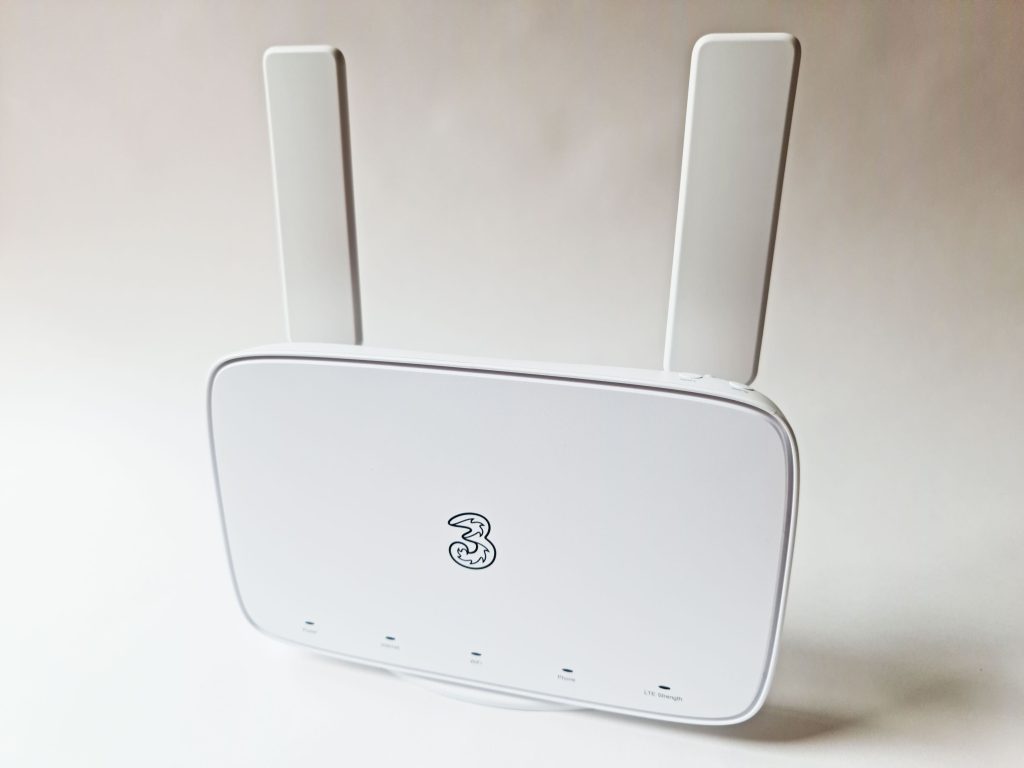
Even if your Wi-Fi router is positioned in the perfect location, it still might be getting slow download speeds because of poor 4G or 5G signal at your address.
This is especially likely in rural areas. But even in towns and cities, what could be happening is your 5G signal is patchy, resulting in your connection dropping down to 4G speeds.
To fix this issue, you can do two things:
- Install external antennas on your router directly. With most 4G and 5G routers, you’ll notice ports on the back of the device you can plug antennas into.
- Install an external antenna on the outside of your house, and connect this to your Wi-Fi router. This is a better solution, but is more expensive, and more difficult to set up. Some broadband providers will help you to do this in some countries, such as Tre in Sweden, if you sign up for a 5G broadband deal.
3. You’re using a mobile Wi-Fi device or dongle
There are three main ways to get online with mobile broadband, once you’ve bought a data SIM tariff.
- Using a hotspot on your phone.
- Using a mobile Wi-Fi device or a dongle.
- Using a proper 4G or 5G router.
To get the fastest-possible speeds, it’s best to use option #3 – a proper Wi-Fi router. These devices will give you better download and upload speeds, as well as better Wi-Fi coverage at home.
Mobile Wi-Fi devices, dongles, and mobile hotspots are very portable, making them quite convenient, however they’re not the best choice for getting online at home on a permanent basis.
4. You’re using the wrong router
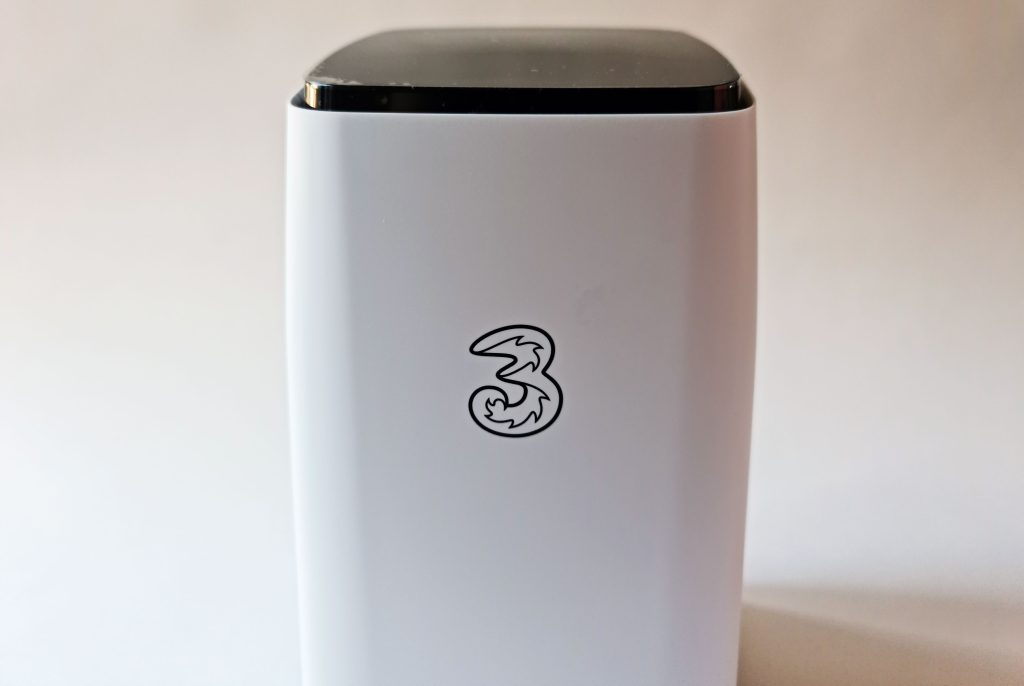
If you are using a proper 4G or 5G router, and it’s not one that’s been supplied by your broadband provider, it’s worth checking that you have the right equipment to get the maximum-possible speeds from your connection.
Check that:
- Your router is LTE or 5G-enabled, if using LTE or 5G.
- Your router’s maximum theoretical supported download speed is a decent bit higher than the download speeds you’re targeting.
- Your router supports modern Wi-Fi standards, such as WiFi 6, and it has gigabit Ethernet ports.
- Your router is still receiving firmware updates. Ideally, it should install firmware updates and restart itself automatically every so often. If your router is older, you may want to download firmware from the manufacturer’s website and update it manually.
If you purchased your router new, within the last year or two, it’s likely that the device doesn’t have these issues, as long as it supports the type of technology you’re trying to get online with (4G, LTE, or 5G).
However, if your router is older, it’s worth checking to make sure that it’s capable of supporting the download speeds you’re looking to achieve.
5. The mobile network is experiencing congestion
When using mobile broadband, it’s possible for the local mobile network to get congested with traffic during peak periods, such as during the evening. This issue is most common when using 4G internet, but it can occur with 5G as well.
Depending on the capacity of the local mobile network, if too many people get online at the same time, this can overwhelm it, resulting in inconsistent download and upload speeds.
There is not a lot you can do to fix this issue, other than complaining to your mobile broadband provider. You could also try switching to another network that has better capacity in your area.
6. You’re being speed limited by your provider

Even if you’re on a 5G broadband plan, you might not necessarily be entitled to receive the full 1000+ Mbit/s speeds on offer with 5G technology.
It’s common for mobile broadband providers to have speed limits on their tariffs. You may need to pay more to get the maximum-possible download and upload speeds.
It’s also possible that you are being speed-limited because you have hit your monthly data limit. It’s common for mobile broadband providers to set your download speed to less than 1 Mbit/s once you hit your usage cap.
If you’re not sure whether your plan has a speed cap, it’s a good idea to call up your broadband provider and clarify the speeds you’re supposed to be receiving.
7. You have a Wi-Fi issue, or another problem with your internet
You might also be getting slow download speeds due to another issue that isn’t directly related to mobile broadband specifically.
For example:
- You might have poor Wi-Fi signal in some parts of your house.
- You might be requesting more bandwidth than your connection is capable of handling.
- Your router might need to be restarted, or need a firmware update.
Read our guide to improving broadband speeds to learn more about some of these broader issues you might be experiencing, and what you can do about them.

I’m Roger, and I’m the founder of Broadband 4 Europe.
I grew up in Switzerland but live in Germany now, and also lived in South Tirol for a while in the past.
I have a background in IT and have performed extensive research into the broadband markets of most major European countries. Learning about fixed-line broadband markets is my nerdy hobby, but I’m also excited by the possibilities that 5G (and eventually 6G) broadband will provide us in the future.
When I’m not researching broadband companies and their networks, you’ll find me playing volleyball or the piano.

